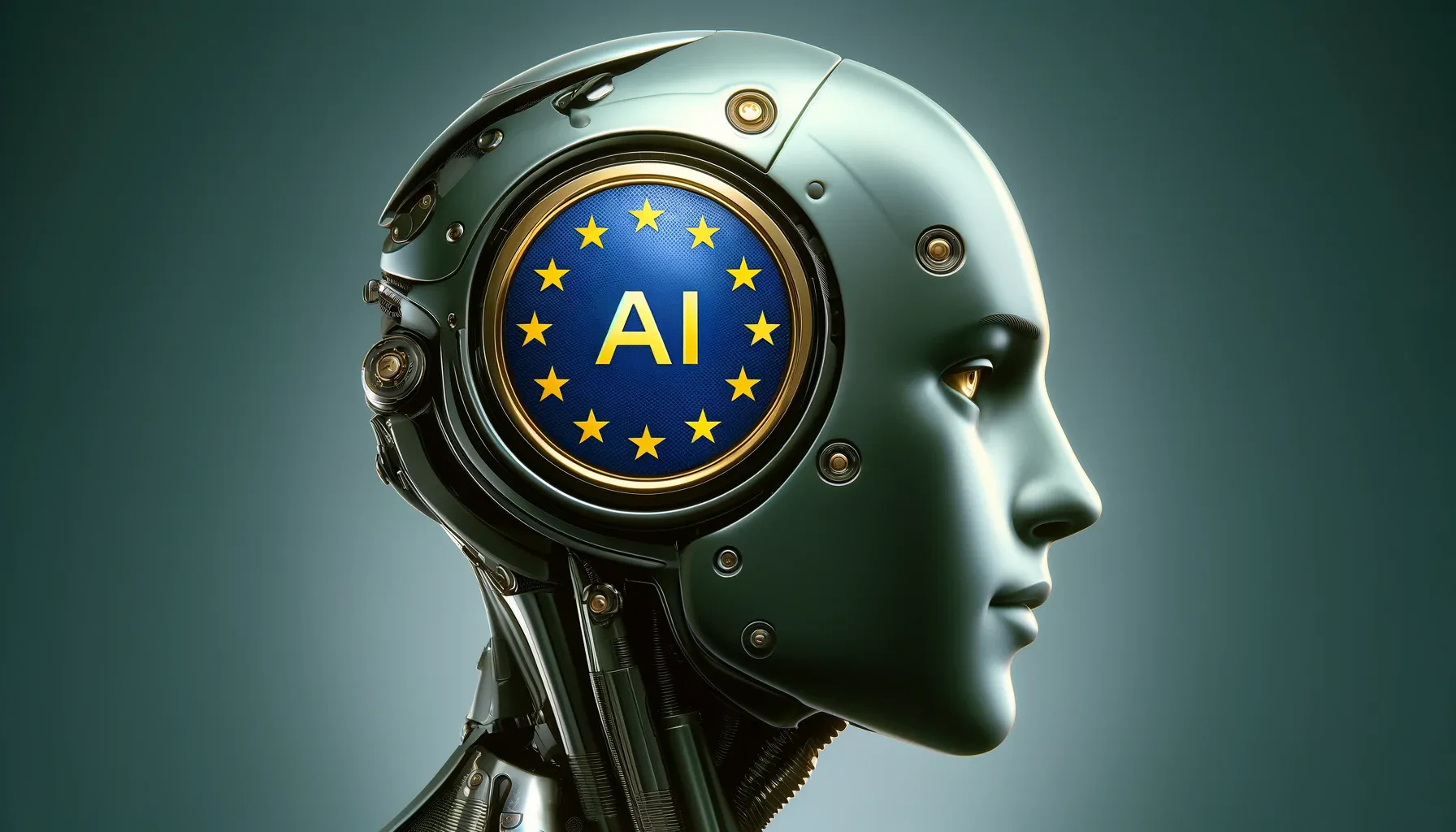
EU-AI Act: An Overview

Ray Najem
Sales Representative & Webmaster
Artificial Intelligence is, as Google CEO Sundar Pichai once put it, “more important than fire or electricity.” The potential of this technology is boasted by the biggest tech firms and echoed by politicians all over the world. The EU recognizes both the promising and darker sides of AI and is keen to set the rules of the game. Artificial intelligence (AI) has the potential to revolutionize sectors by delivering enhanced healthcare, safer and cleaner transport, more efficient manufacturing, and cheaper, more sustainable energy solutions. Recognizing these benefits, the European Union is keen on creating an environment that fosters the development and application of AI through thoughtful regulation centered around human rights concerns.
Overview of the EU's AI Regulatory Framework In April 2021, the European Commission introduced the first EU regulatory framework for AI, marking the first step towards AI governance in the world. This framework analyzes and categorizes AI systems based on the risk they pose, leading to tailored regulatory measures. How are the risks regulated? Systems with minimal risk face fewer constraints, whereas those posing greater risks will undergo more stringent scrutiny.
Key Challenges and Parliamentary Goals
The EU Parliament emphasizes that AI in the EU should be safe, transparent, traceable, non-discriminatory, and environmentally friendly. Most importantly, human oversight is a crucial element to prevent detrimental outcomes from automated decision-making. The Parliament also advocates for a uniform, technology-neutral definition of AI that would stand the test of time and technological advancement. This definition aims to ensure that as AI evolves, the regulatory framework can adapt without sacrificing clarity or effectiveness.
Risk Categories
Unacceptable Risk: Certain AI applications will be prohibited outright due to their potential threat to safety and rights, such as AI that manipulates behavior or uses biometric identification in non-consented ways. Exceptions exist for law enforcement under stringent conditions, balancing the need for security with fundamental rights.
High-risk: AI includes systems integral to safety or fundamental rights, like those used in medical devices or critical infrastructure. These systems must be registered and are subject to rigorous assessment prior to and during their market presence.
Limited Risk: For AI systems that directly interact with people, such as chatbots, it is mandatory that these systems are designed to clearly inform users that they are engaging with an AI entity. Furthermore, AI applications that create or alter content, like those producing deepfakes, must transparently disclose that the content is generated or modified by AI.
Minimal Risk: AI systems posing minimal risk, such as AI-driven video games or spam detection technologies, face no regulatory constraints. Nevertheless, companies are encouraged to adhere to voluntary codes of conduct to demonstrate their commitment to ethical standards.
Supporting Innovation and Compliance Timelines
The EU's regulation framework is designed not only to safeguard against risks but also to nurture innovation. Special provisions for start-ups and SMEs will facilitate the development and testing of AI under real-world conditions. The impact assessment highlights the potential economic benefits of a unified AI regulation, suggesting it could add approximately €294.9 billion to the EU's GDP and create 4.6 million jobs by 2030. Following the adoption of the Artificial Intelligence Act by the Parliament in March 2024, various compliance measures will phase in, with full applicability 24 months post-enactment, allowing businesses adequate time to adapt.
What to expect?
The EU's proactive regulatory measures reflect a commitment to harnessing AI's potential while safeguarding fundamental values and rights. By setting a global benchmark in AI regulation, the EU aims to lay the ground for ethical AI development, ensuring AI serves society positively and sustainably. The framework’s focus on balancing innovation with stringent checks on high-risk applications positions the EU at the forefront of global digital governance. As AI continues to unveil and impact our lives evermore profoundly, the more laws and regulations we'll see being adopted. The hope is that the regulation set in place protect people's right while fostering a healthy environment for the technology to thrive, it is not intended to slow its development.
The sources used in this article: Nahra, K. J., Evers, A., Jessani, A. A., Braun, M., Vallery, A., & Benizri, I. (2024, March 14). The European Parliament adopts the AI Act. WilmerHale. Dalli, H. (2021). Initial appraisal of a European Commission impact assessment. In EPRS | European Parliamentary Research Service (PE 694.212).